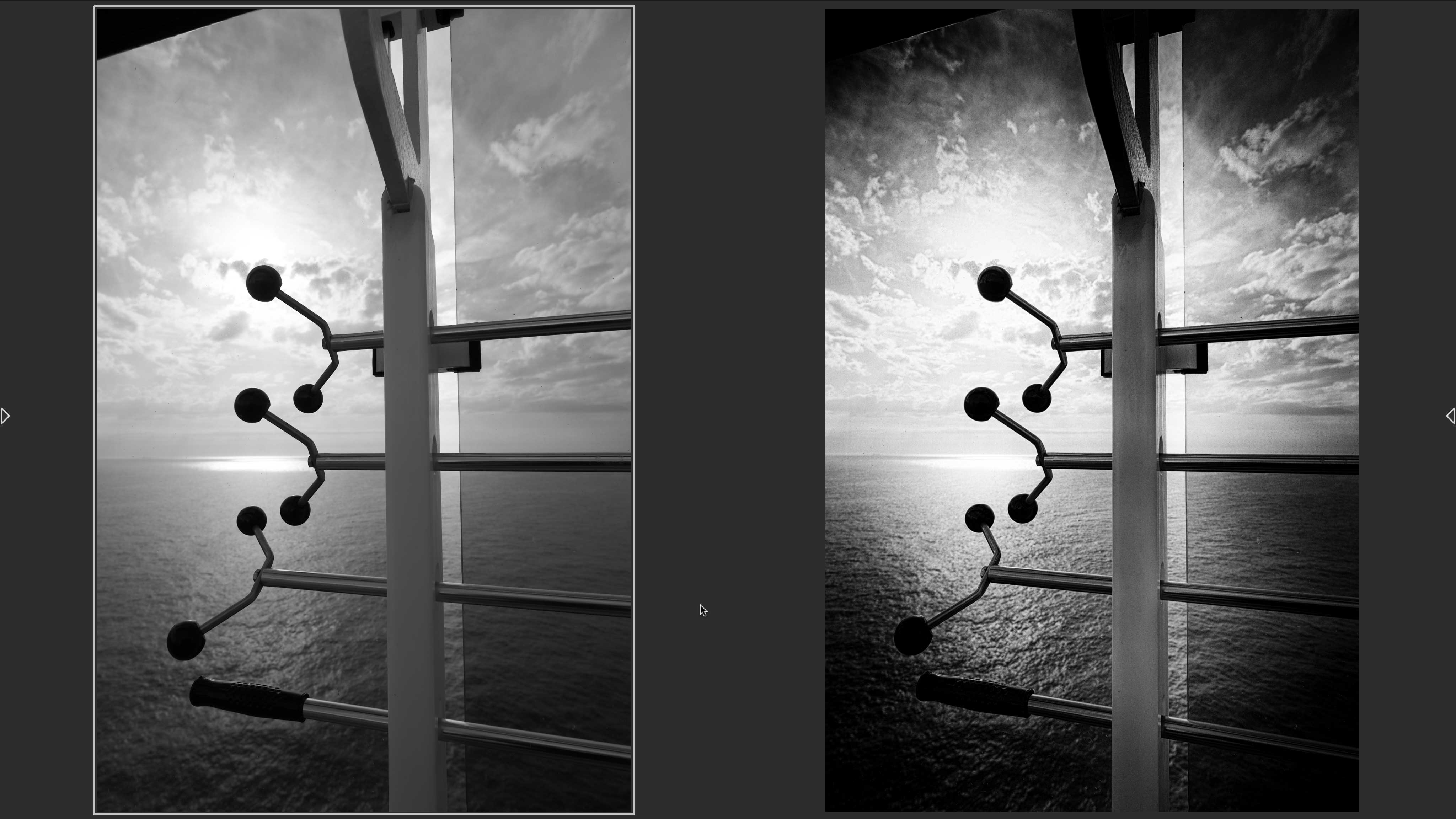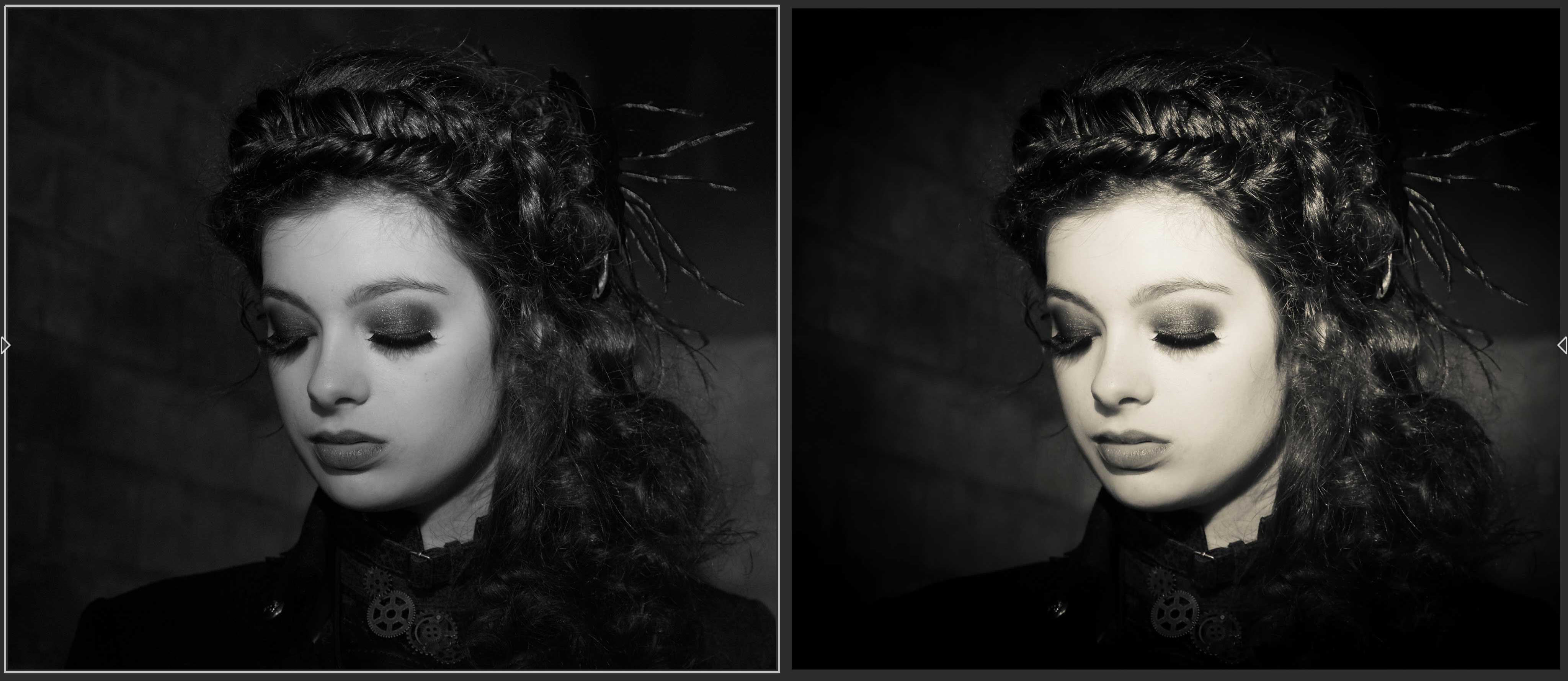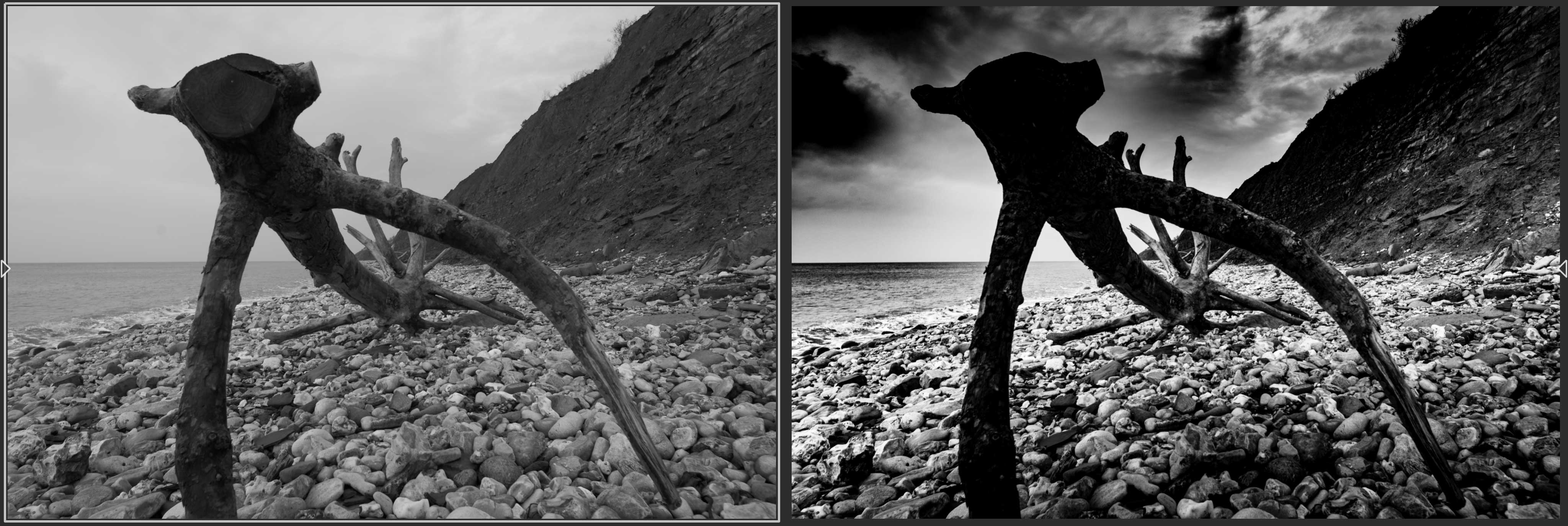You can’t just make an image black and white and expect it to work
Ever experimented with your camera’s black and white modes and been disappointed? There’s a reason for that

Much of the history of photography has been in black and white, and it still inspires and fascinates today’s photographers. Some want to recreate that ‘retro’ look just by association with that period in time, but others are fascinated by the visual language of black and white and its more dramatic, abstract feel.
I’m in the second category. I’ve been shooting in black and white and color since I started in photography, back in the days of films, darkrooms, trays of fixer and safelights.
I shot a lot of black and white because it was easier and cheaper to process at home and because it was much easier to create the looks I wanted.
But I almost never printed a black and white negative ‘straight’. Almost invariably I switched paper grades, cropped the image and – above all – used a lot of dodging and burning to darken and lighten areas selectively and maybe even messed with some toners.
This is important in black and white for all sorts of reasons. It helps isolate your subjects, add drama and mood, changes the balance of light and shade, even controls the composition and how viewers will ‘read’ (you hope) your images.
Black and white has its own visual language and its own set of techniques that are often very different to those you would use for color – and can often be taken a lot further.

But where you can often get a very effective color image straight from the camera, it’s not so easy in black and white. If you switch on your camera’s monochrome mode, it may help you ‘see’ and compose black and white images more effectively, but it’s rare for black and white images to have the impact you imagine straight from the camera. Mostly, they just look a bit… ‘meh’.
Get the Digital Camera World Newsletter
The best camera deals, reviews, product advice, and unmissable photography news, direct to your inbox!
Fujiifilm’s ACROS mode won’t automatically give you an evocative mono image, Panasonic’s L.Monochrome D mode won’t make every shot look like it was taken with a Leica, and most in-camera Sepia modes look as if they’ve been dunked in a mug of tea.
Simply making a color image black and white doesn’t make it ‘art’. Very often it makes it even more boring than it was before (exactly the WRONG reason for trying black and white). The ‘art’ has to come from you.

In a way you have to work harder in black and white than in color. It’s had a key visual element taken away, so you could say that you have to do a whole lot more with the image to compensate for that.
So use your camera’s black and white mode by all means if it helps you ‘see’ better, but shoot a raw file at the same time so that you’ve got the processing headroom to come back later and do a proper job.
Black and white photography can be spectacular, but be prepared for a lot more editing work and a very different way of ‘seeing’. And just accept that there will always be people who just don’t or won’t ‘get’ black and white.

Rod is an independent photography journalist and editor, and a long-standing Digital Camera World contributor, having previously worked as DCW's Group Reviews editor. Before that he has been technique editor on N-Photo, Head of Testing for the photography division and Camera Channel editor on TechRadar, as well as contributing to many other publications. He has been writing about photography technique, photo editing and digital cameras since they first appeared, and before that began his career writing about film photography. He has used and reviewed practically every interchangeable lens camera launched in the past 20 years, from entry-level DSLRs to medium format cameras, together with lenses, tripods, gimbals, light meters, camera bags and more. Rod has his own camera gear blog at fotovolo.com but also writes about photo-editing applications and techniques at lifeafterphotoshop.com
